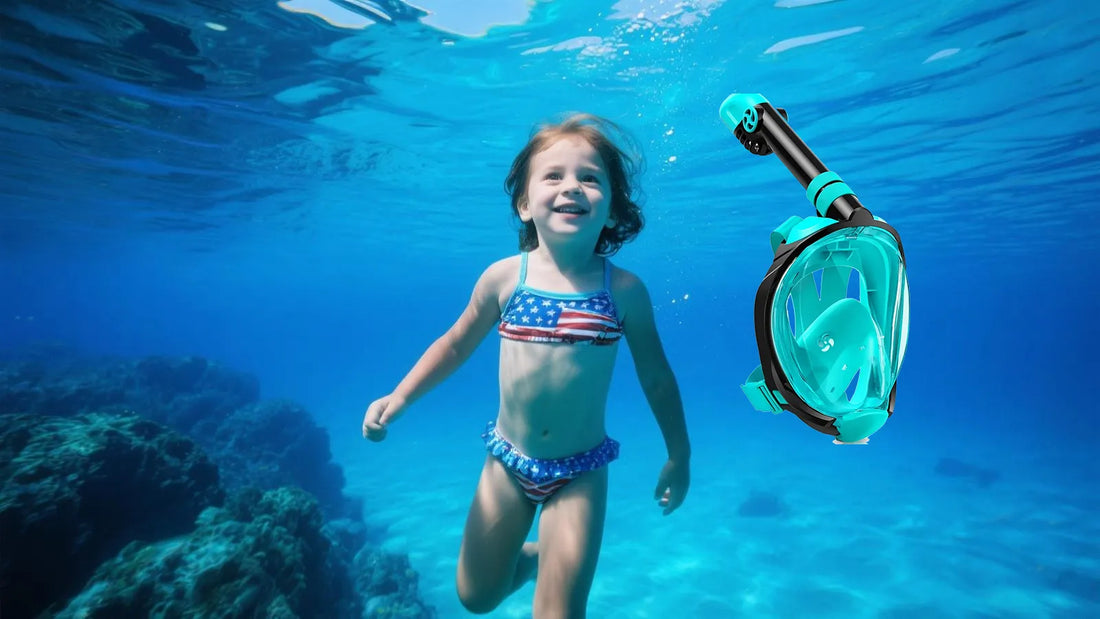Snorkeling is a magical experience that allows you to explore the vibrant underwater world. But did you know that the time of day you choose to snorkel can significantly impact your adventure? From the clarity of the water to the behavior of marine life, timing is everything. In this guide, we’ll dive into the best time of day for snorkeling and why it matters.
Why Timing Matters for Snorkeling
Snorkeling is all about visibility and marine life encounters. The time of day affects both of these factors. Morning snorkeling often offers calm waters and excellent visibility, while afternoon sessions can bring warmer water temperatures and active marine life. Understanding these nuances can help you plan the perfect snorkeling trip.
Morning: The Ideal Time for Clarity
Early morning is widely regarded as the best time of day for snorkeling. The water is typically calm, and the sunlight is soft, creating optimal conditions for visibility. During this time, the ocean is less disturbed by wind and boat traffic, allowing you to see the underwater world in all its glory. Additionally, many marine species are more active in the morning, making it a prime time for spotting colorful fish and coral reefs.
Midday: Balancing Sunlight and Crowds
While midday snorkeling can be enjoyable, it comes with some challenges. The sun is at its peak, which can create glare on the water’s surface and reduce visibility. However, this is also when the water is warmest, making it comfortable for extended snorkeling sessions. Be mindful of crowded spots during this time, as popular snorkeling locations tend to attract more visitors.
Afternoon: A Chance for Unique Encounters
Afternoon snorkeling offers a different experience. As the sun begins to set, the angle of the light can create stunning underwater visuals. Some marine species become more active during this time, providing opportunities for unique encounters. However, afternoon winds can stir up the water, so it’s essential to check local conditions before heading out.
Evening: A Rare but Rewarding Experience
Evening snorkeling is less common but can be incredibly rewarding. As the sun sets, the underwater world transforms. Nocturnal marine life begins to emerge, offering a glimpse into a different side of the ocean. However, visibility can be limited, and safety precautions are crucial. Always snorkel with a buddy and use proper lighting if you choose to explore during this time.
Factors to Consider When Choosing Your Snorkeling Time
Several factors influence the best time of day for snorkeling. These include:
- Weather Conditions: Calm winds and clear skies enhance visibility and safety.
- Tides: Low tides can expose coral reefs, while high tides may bring in clearer water.
- Marine Life Activity: Research the behavior of local species to maximize your chances of sightings.
- Crowds: Early mornings and late afternoons are often less crowded.
Tips for a Memorable Snorkeling Experience
To make the most of your snorkeling adventure, keep these tips in mind:
- Check local weather and tide forecasts before heading out.
- Use high-quality snorkeling gear for comfort and safety.
- Apply reef-safe sunscreen to protect your skin and the environment.
- Respect marine life by maintaining a safe distance and avoiding touching coral.
Choosing the best time of day for snorkeling can transform your underwater experience. Whether you prefer the calm of the morning, the warmth of midday, or the unique encounters of the evening, timing is key. Plan wisely, and you’ll be rewarded with unforgettable memories and breathtaking views beneath the waves.

